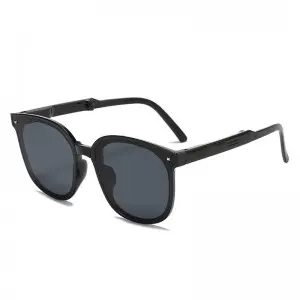Sunglasses block uncomfortable glare while protecting your eyes from UV rays. All this is possible thanks to metal powder filters that “select” light as it hits it. Colored glasses can selectively absorb some of the wavelength bands that make up the sun’s rays because they use very fine metal powders (iron, copper, nickel, etc.). In fact, when light hits the lens, it is attenuated based on a process called “destructive interference.”
That is, when certain wavelengths of light (in this case, UV-A, UV-B, and sometimes infrared) pass through the lens, they cancel each other out on the inside of the lens, toward the eye. The overlap of light waves is no accident: the peaks of one wave and the troughs of the adjacent waves cancel each other out.
The phenomenon of destructive interference depends on the refractive index of the lens (that is, the degree to which light rays deflect when passing through different substances in the air), and also depends on the thickness of the lens. Generally speaking, the thickness of the lens does not change much, while the refractive index of the lens varies according to the difference in chemical composition, and sunglasses should not be exposed to direct sunlight.
Post time: Jan-23-2024

